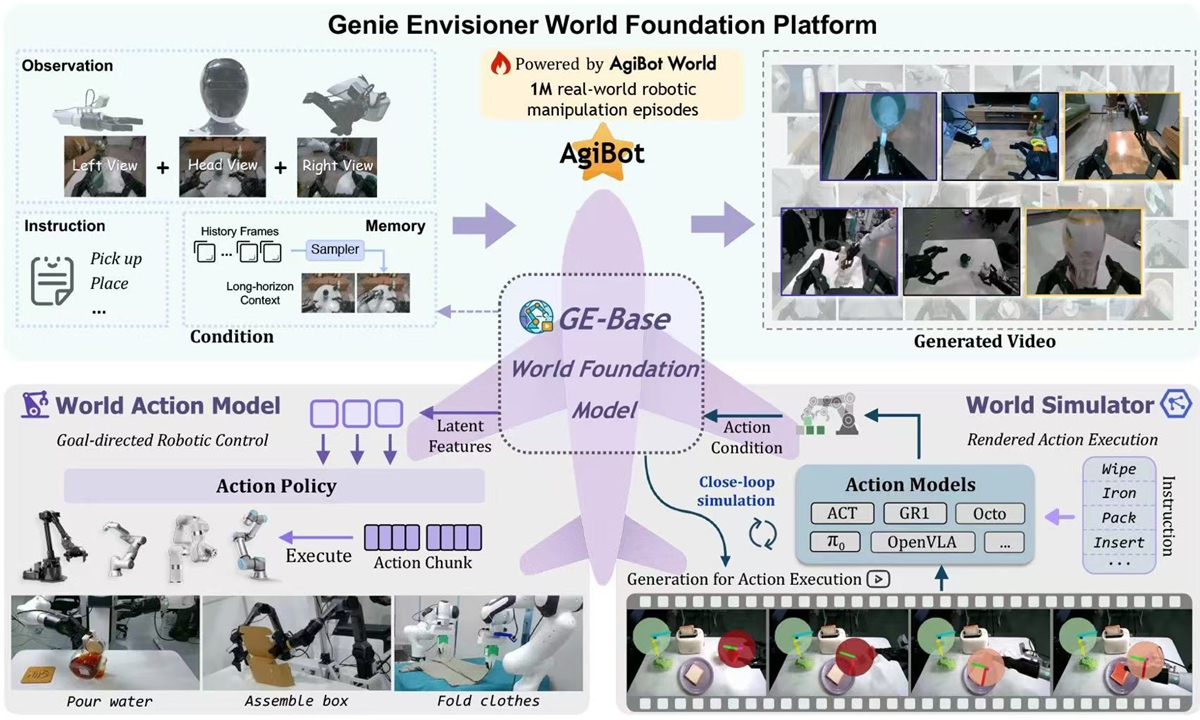Phil Knight Donates $2B to OHSU's Knight Cancer Institute

The recent announcement of Nike co-founder Phil Knight's landmark $2 billion donation to the Oregon Health and Science University's Knight Cancer Institute marks a pivotal moment not just for cancer research, but also in the broader landscape of philanthropic engagement in healthcare innovation. This donation is not merely a generous financial contribution; it represents the largest single donation ever made to a university, college, or health institution in the U.S. Its implications extend beyond the walls of OHSU, signaling a significant investment in the future of scientific research that aims to revolutionize cancer treatment and improve patient care outcomes on a global scale.
At the heart of this donation lies a commitment to advancing transformative approaches in cancer treatment, spearheaded by Dr. Brian Druker, a pioneer in the field. Druker’s revolutionary work in oncology has previously laid the groundwork for targeted therapies; thus, Knight’s partnership with him symbolizes a continuation of that legacy. The Knights have previously shown their faith in Druker's vision, having committed to match a $500 million fundraising initiative a decade ago. This latest investment could catalyze breakthroughs in various modalities of cancer treatment, enhancing our understanding of oncology in pursuit of long-term solutions. As global cancer incidences rise, this dedication to shifting scientific paradigms could impact millions, addressing a critical public health challenge.
However, while the opportunities presented by such philanthropic gestures are significant, they also echo broader economic trends, such as shifting private investments into public health as traditional funding channels face strains. The private sector's role in addressing healthcare challenges may force regulatory changes, prompting greater synergy between public institutions and private funding. As stakeholders in this ecosystem—patients, researchers, investors, and policymakers—reassess their respective roles, will we see the adoption of similar funding models for underfunded research areas? Equally important is the inquiry into whether such large-scale donations overshadow the continuous need for sustained, systemic funding at governmental levels, potentially displacing public funding responsibilities.
Looking ahead, Knight's generous contribution could bring relief not only to researchers and practitioners in the field but also hope for patients and families grappling with cancer. It is imperative, though, to maintain a balanced dialogue around the potential unintended consequences of private philanthropic initiatives on public health structures, especially those that may inadvertently reinforce disparities in healthcare access. As the landscape of cancer treatment evolves, how can we ensure that advancements funded through such donations remain equitably accessible to all segments of society? Ultimately, while this monumental donation is a harbinger of potential breakthroughs, it is also a call to action for ongoing dialogue among stakeholders to navigate the complexities of healthcare funding and equity.
Read These Next

AgiBot Launches World's First Open Source Video Platform for Robots
AgiBot from Shanghai launches the Genie Envisioner, enhancing robotic control through unified video generation for better training.

Federal Reserve Overnight RRP Usage Hits 28818 Billion on August 14
Fed's overnight reverse repos hit $28.818B, showing strong liquidity demand and impacting global financial market stability.

Ningbo Orient Wires: Growth and Governance in a Shifting Market
Analysis of Ningbo Orient Wires & Cables Company Limited's transitions and governance enhancements following its IPO, focusing on opportunities and risks in the current economic landscape.
